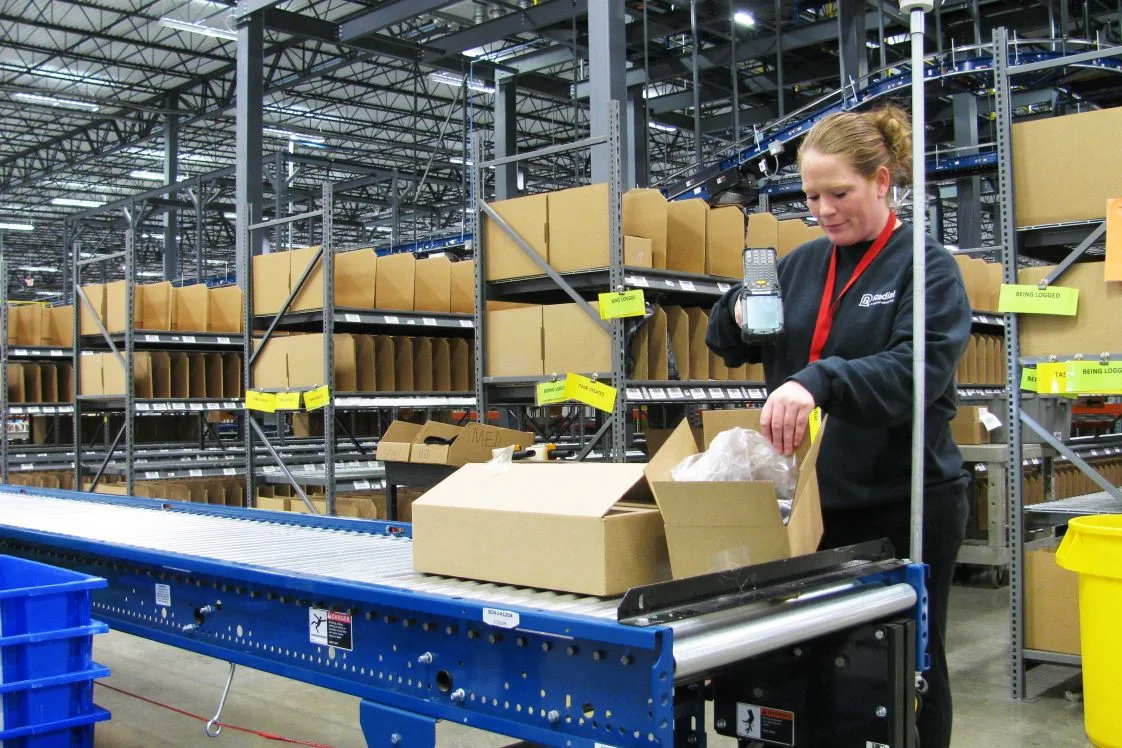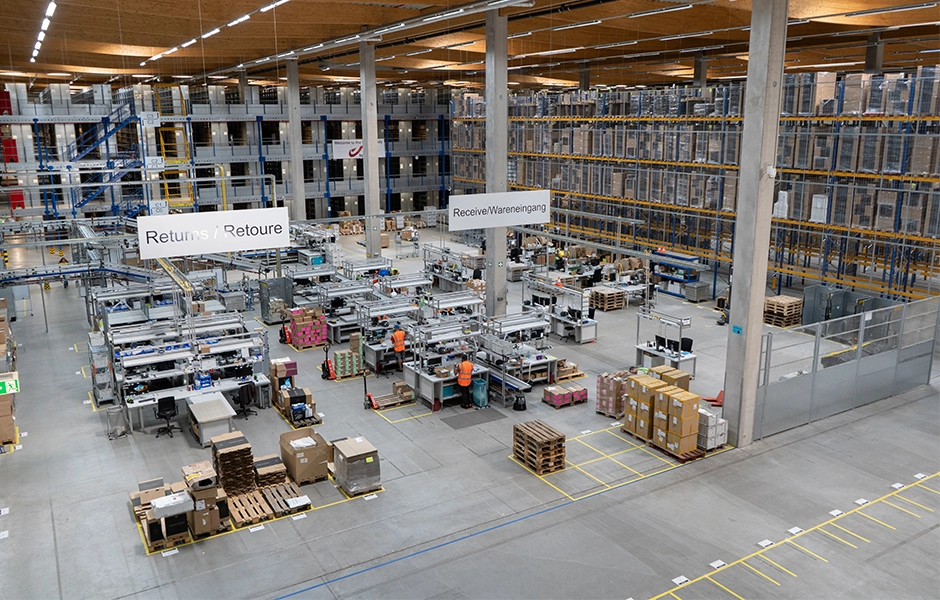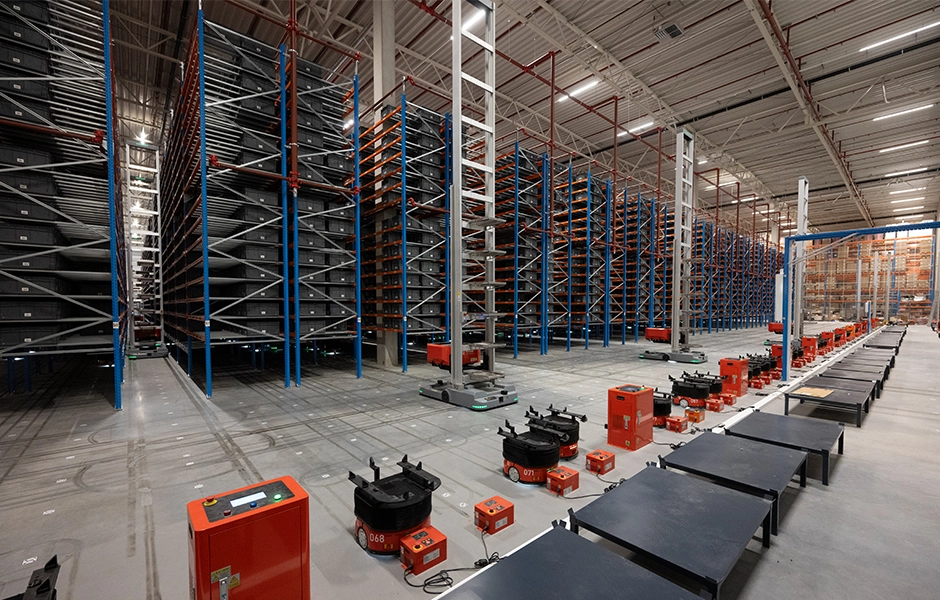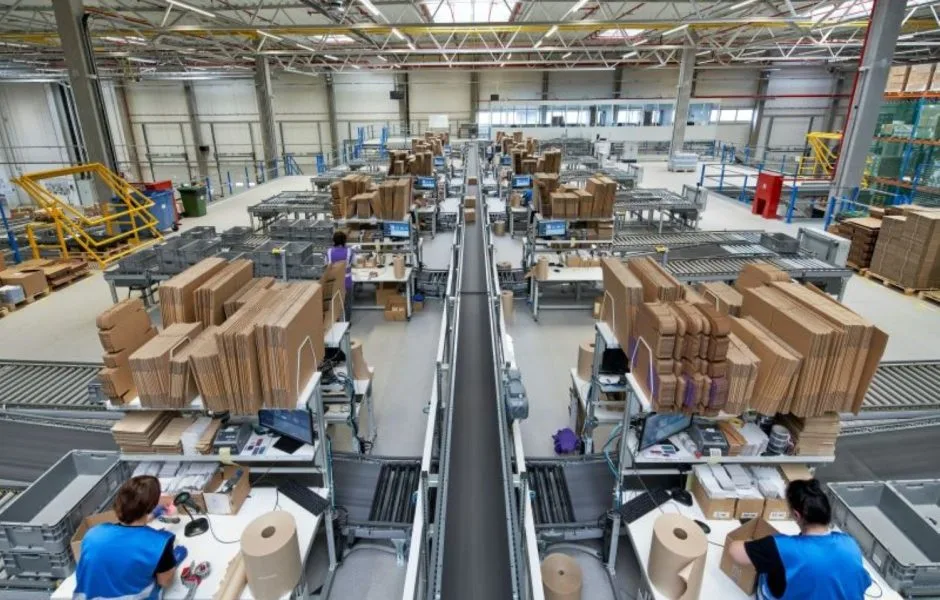5 Ways to Streamline E-commerce Returns Management

As e-commerce grows, so do returns. While costly and time-consuming, returns are a core part of online shopping, where customers buy without trying. Instead of viewing them as a problem, retailers should focus on managing returns efficiently to control costs and streamline reverse logistics.

Radial Europe, Returns Area – Halle Fulfillment Site, Germany
Here’s 5 ways to streamline your e-commerce returns management process:
- Focus on reducing return rates by improving product details. Many returns stem from poor product details. Clear, accurate descriptions, photos, videos, and reviews help buyers feel confident—reducing the chance of returns.
- Make return policies obvious and easy. Studies show that 49% of customers check the return policy before making an online purchase. Further, 42% of shoppers say that “for a positive experience in online shopping, free returns are quintessential.” The customer experience depends not just on the checkout and fulfillment process, but on how easy they believe it will be to deal with returns. Again, easy flexible return policies lowers risk and increases customer confidence in their buying decisions.
- Gain real-time inventory visibility. Reducing returns and managing the reverse logistics process requires real-time visibility into your inventory. Reverse logistics is part of inventory management for coordinating restocking returned products to the warehouse, manufacturer, or store shelves. This requires a connected order management system to efficiently track all inventory.
- Reduce environmental impact. Since the pandemic, QR code returns have risen 60%, replacing labels with a more convenient, eco-friendly option. They simplify the process for customers and give retailers better data on return patterns.
- Reduce environmental impact. Since the pandemic, many retailers have switched to paperless returns, with a 60% increase in using QR codes instead of return labels. This not only reduces the impact on the environment by eliminating shipping labels, but makes the return process more convenient for customers who can use their device to scan the code and facilitate a return. Using QR codes has enabled retailers to gather more digital information on when, where, and why products are returned.

Radial Europe, Automation at the Groningen Fulfillment Site, Netherlands
What Role Does Automation Play?
E-commerce businesses often wonder whether they should consider implementing automation in their fulfillment and reverse logistics operations. While larger e-Retailers often have the operating capital to invest in robotic automation and other automated workflows, it may be more cost effective to work with a fulfillment partner that specializes in automated order fulfillment and reverse logistics. You may be wondering, how does automation improve the returns process?
In the big picture, automation can play many roles, all of which work together to improve reverse logistics. The following are common types of automation that a logistics partner like Radial employs in their services for clients:
- Workflow and process automation. Automating workflows and processes starts with data, application and system integration, which connects software and platforms to create custom workflows that streamline the order fulfillment and returns process.
- Analytics automation. Retail technology generates massive amounts of data that can inform the reverse logistics process, if that data is integrated with core systems. Analytics and business intelligence can be automated to detect, sort, and analyze data in real time for better decision making.
- Order fulfillment automation. Automating order fulfillment ensures that no detail is missed and that customers have a streamlined experience across the entire customer journey, including returns.
- Inventory management automation. Tracking inventory has become complex as retailers now serve as mini distribution centers and offer multiple store fulfillment options. A modern order management system will include real-time inventory visibility to track all inventory no matter where it’s located or going.
- Robotic automation. Robots now fulfill pick and pack with more accuracy, speed, and 24/7 capacity. Radial uses robotics in our fulfillment centers to provide our clients with advanced productivity and service level agreements to meet and exceed their customer expectations for seamless returns.

Radial Europe, Warsaw Fulfillment Site, Poland
It’s important to note that robotic automation is not intended to eliminate human employees. It’s designed to remove rote, repetitive work from humans and free them to focus on higher value work — more suited to human strengths of empathy, judgment, problem-solving, and relationship building. Retail automation is core to delivering a modern order fulfillment and reverse logistics experience for customers.
